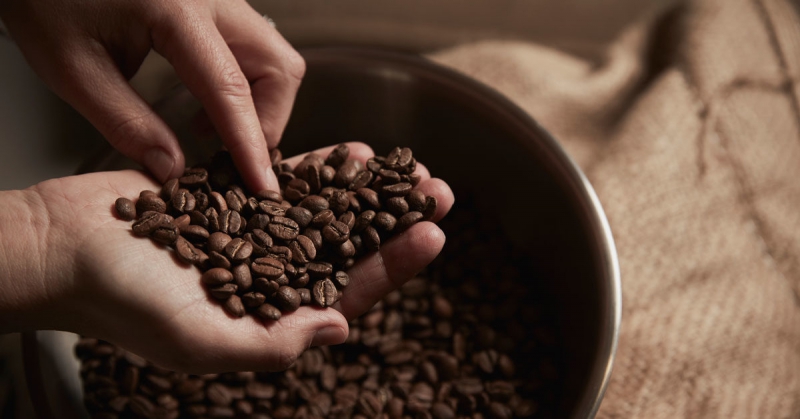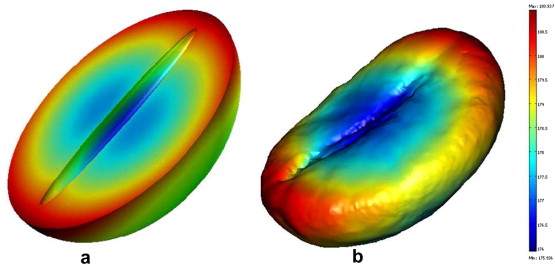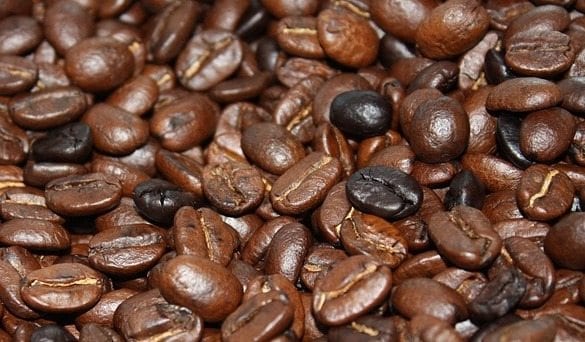HELP! What’s happening to my beans?

There seems to be a massive misconception between tipping, scorching, blowing, and burning.. Part of the problem is there is no naming convention - does “roaster” refer to the person or the machine; is “dropping” taking the beans out or putting them into the drum? Is “tipping” and “scorching” the same thing and how do we spot the difference?
Well, I don’t know who decides on the exact naming conventions, but here is my take on it:
Tipping
The word “tipping” most likely refers to the phenomenon where the “tip” of the bean burns black. That makes sense to me, at least.
How to “spot” Tipping
Tipping happens when the beans experience any temperature too high for the bean’s heat-transfer coefficient. i.e., there is so much energy (heat) around a specific part of the bean that the bean cannot absorb/conduct/disperse the energy fast enough. The only choice left is to burn in that area.
An analogy can be found in any form of meat grilling. A simple lamb chop on the grill has tipping around the edges. This is caused by too much heat at any one time, causing the meat to char instead of cook. This is exactly what happens to the beans: there is too much heat for the bean to take up, so it burns.
What causes Tipping?
So, when does tipping occur? Truth is that we don’t know exactly. The definition above tells us that it can happen at any time, whenever the temperature is too high during the roast. It can happen because of too high a charging temperature (the starting temp), too high a ramp during roasting…too much heat anywhere!
The next question is whether this is caused by convection or conduction heat? In other words: is the drum too hot or is the air too hot? The answer is: either. Tipping is a factor of the beans, not the environment, the roaster, the drum, or air temperature. The fact is that the coffee bean cannot handle it.
Look at the image below:

Photo Source: www.sciencedirect.com
The colours show the difference in temperatures inside the beans. It is clear from the image that, if anything should burn, it would be the tips of the beans! But this changes depending on the bean: try finding tipping on peaberries. Because the peaberries are round and has almost no distinct “tip”, the chances of tipping happening are much smaller in peaberries.
What is the effect of Tipping on you roast?
So, is tipping a bad thing? That is a question only the drinker can answer. Allow me, as I cannot stress this enough:
TASTE YOUR COFFEE!
In other words, if the coffee tastes bad, then tipping is bad. If your coffee tastes good but you have tipping, then surely tipping is not a bad thing! Is the “tipping” on the lamb chops a bad thing? No, we all love a little char-grilling on our chops. But surely this is per definition a burnt chop? Well, possibly so, but it still tastes great! The chances of tipping affecting your roast to the point of having to dump it all is very slim. Chances are that your chosen profile or roast degree is way off, and that tipping is only a very small part of the problem.
Scorching
So, if tipping is a burnt spot on the tip of a bean, then what is scorching? To me, scorching is bad practice. Not necessarily a bad tasting bad practice, but one that points to inexperience on the side of the roast master.
Scorching happens when the bean touches a surface that is too hot for the thermal conductivity of the bean. The same as for tipping, but almost exclusively caused by conduction heat. In layman’s terms: your drum was too hot! Try a cooler charge temperature or reduce the ramp-time of your profile to negate any scorching. You should not need to scorch the beans to achieve your preferred roasting profile.
Scorching is different from tipping in that it typically presents on the flat side of the bean. It is a larger spot that is burnt black.
Here is what scorching looks like:

Photo Source: www.perfectdailygrind.com
Cratering
There is a lot of confusion between craters and tipping. The two are VERY far apart. Cratering happens near or into second crack where the pressure inside the beans is released at such a high rate that the bean’s surface cannot handle the release. This is per definition “second crack”, but in the case of cratering, the second crack was brought on so much that it affects the structural integrity of the bean and literally blows a piece off when the bean releases the built-up gasses inside the bean.

Photo Source: www.fullcoffeeroast.com
What is the solution?
If you decide that tipping, scorching, or cratering is the cause of any unwanted flavours in your bean, here’s what to do:
Tipping: Reduce your charge temp and do a slower, gentler roast. Increasing your convection heat should also help, as well as increasing the batch size and drum speed. The best would be to roast longer and gentler to allow your beans enough time to absorb and distribute the energy that you are trying to force into them.
Scorching: Reduce your charge temp and increase your drum speed. The less time the bean spends on the side of the drum, the less scorching you will have. Try to maximize your convection heat and minimize your conduction heat, i.e., transfer your energy by means of hot air instead of a hot drum.
Cratering: Increase the time from first to second crack and take a gentler approach will help to prevent cratering. Dial back on your gas pressure once you reach first crack and let the beans carry themselves into second crack. If you force more and more energy into the batch, it stands to reason that “something’s gotta give”. In this case, the whole bean is splintering apart because of your need for burnt coffee!
The Genio Academy, together with Shaun Aupiais from We Roast Coffee produced a brand-new online Coffee Roasting 101 course on our Genio Hub, available to all Genio customers, where he discusses common roasting defects in depth. Click on the link to view this specific module.
#GenioForLife
Neil
First posted on www.genioroasters.co.za